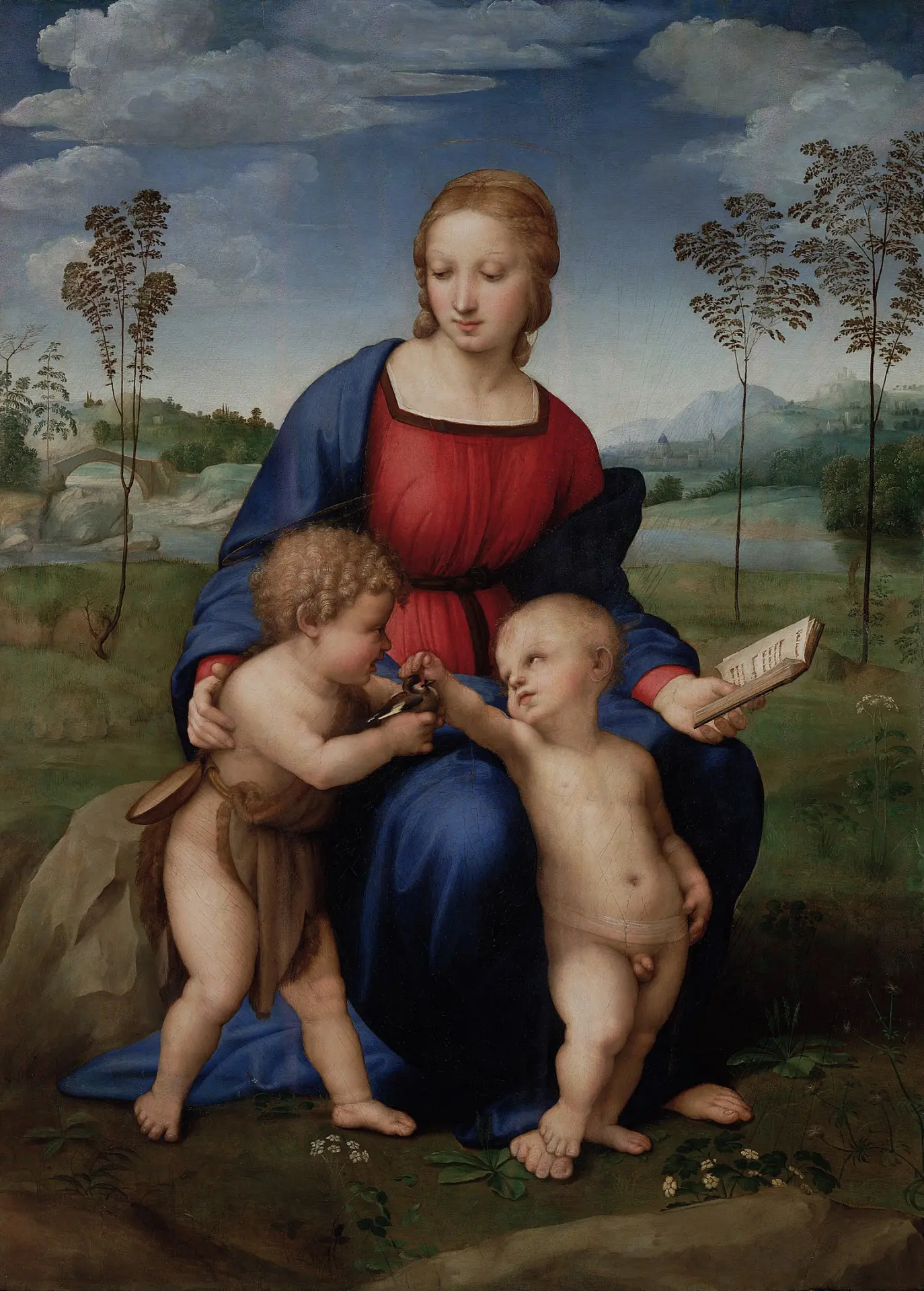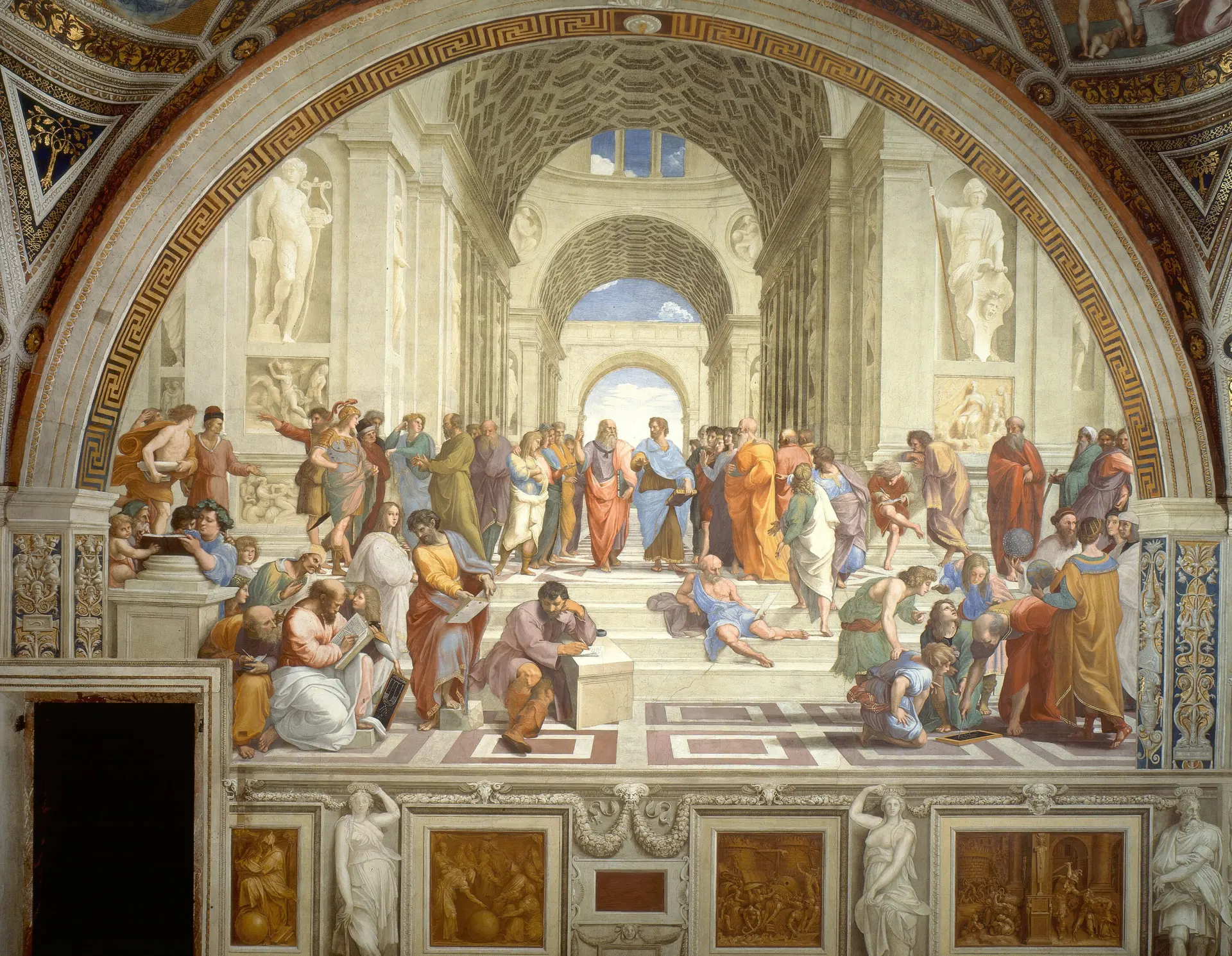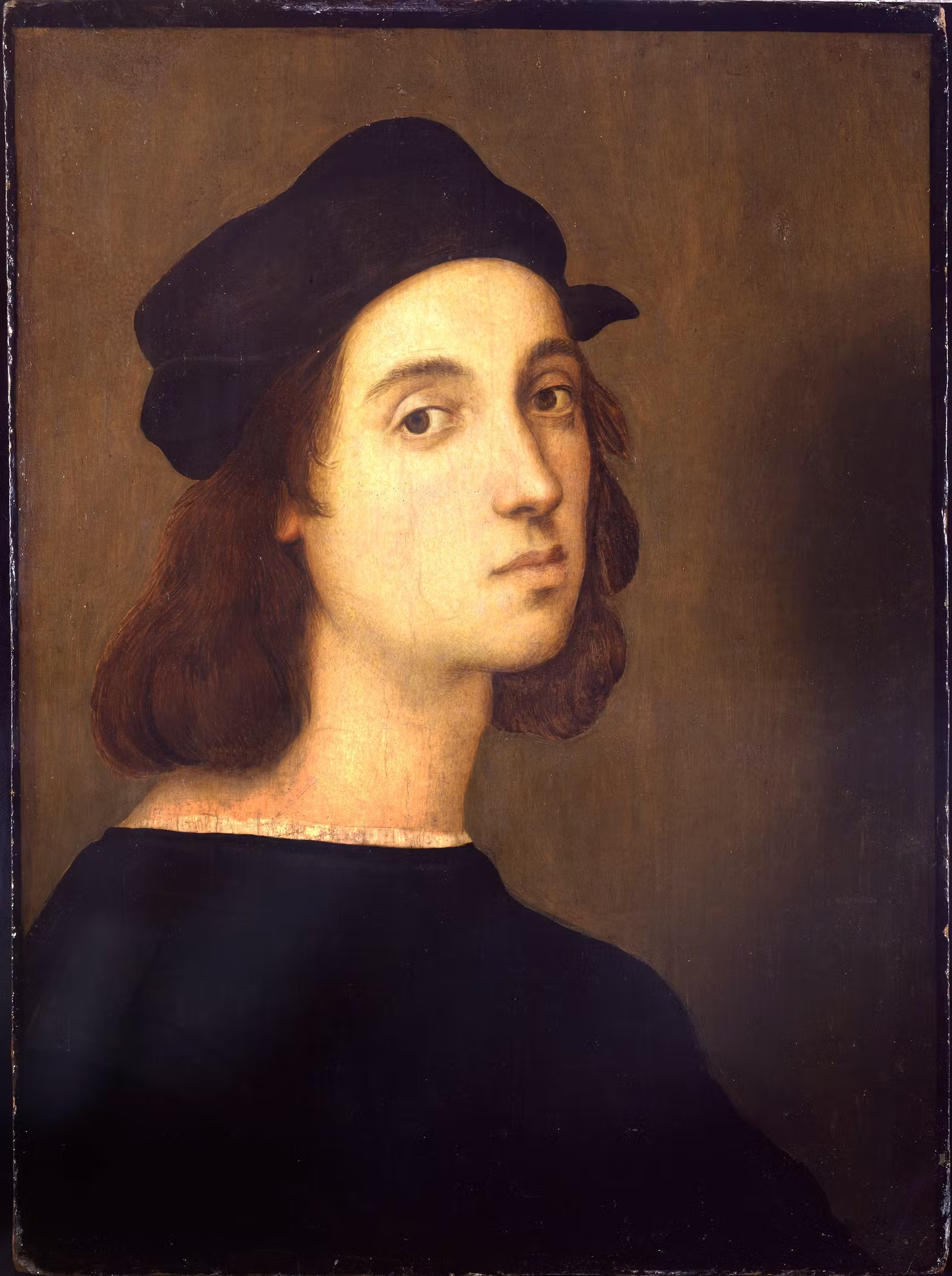Buongiorno, art enthusiasts! Few names in the history of art evoke as much admiration as Raphael. Known for his unmatched grace and harmonious compositions, Raphael Sanzio da Urbino stands as a defining figure of the Italian Renaissance. Florence, a city brimming with artistic genius, played a vital role in shaping his remarkable career. During my journey through this enchanting city, I was fortunate to admire his masterpieces and reflect on his legacy.
Raphael’s Early Years: A Prodigy in the Making
Born in Urbino in 1483, Raphael was surrounded by art and culture from a young age. His father, Giovanni Santi, was a painter and poet, nurturing Raphael’s early talent. Following his father’s death, Raphael trained under the famed Pietro Perugino, whose influence is evident in his early works. These formative years set the foundation for his later brilliance.
Florence: The Turning Point in Raphael’s Career
In 1504, Raphael arrived in Florence, a city alive with artistic innovation. Here, he encountered the works of Leonardo da Vinci and Michelangelo, whose techniques profoundly influenced his own style. This period marked his transition from the structured compositions of Perugino to the fluidity and naturalism that would define his masterpieces.
Masterpieces to See in Florence
During my visit to the Uffizi Gallery, I had the privilege of viewing Madonna del Cardellino (Madonna of the Goldfinch), a sublime example of Raphael’s Florentine period. The delicate interplay of light and shadow, combined with the serene expressions of the Virgin and Child, left me in awe. Florence’s artistic vibrancy shaped his talent, propelling him toward his legendary status.

Raphael’s Later Years: Rome and the Pinnacle of His Career
By 1508, he moved to Rome, where he was commissioned by Pope Julius II to decorate the Stanze di Raffaello in the Vatican. These frescoes, including the iconic The School of Athens, cemented his reputation as a master of perspective and composition. Raphael’s works in Rome also reveal his deep understanding of architecture, evident in his designs for St. Peter’s Basilica.

Personal Reflections: Grace in Every Brushstroke
Standing before Raphael’s works in the Uffizi, I was struck by the sheer humanity and grace in his figures. There’s a timeless beauty in his art, a delicate balance of emotion and technique that continues to captivate centuries later. Whether you’re an art historian or a casual admirer, Raphael’s works resonate deeply, reminding us of the enduring power of creativity.
Practical Tips for Exploring Raphael’s Art in Florence
- Where to See Raphael’s Art: Visit the Uffizi Gallery to view Madonna del Cardellino and other Renaissance masterpieces.
- Best Time to Visit: Early mornings or late afternoons to avoid crowds and fully immerse yourself in the experience.
- Guided Tours: Opt for an art historian-led tour to gain deeper insights into his work and his connection to Florence.
- Combine with Other Masters: While at the Uffizi, explore works by Leonardo da Vinci and Michelangelo to see how these artists influenced one another.
Arrivederci! Raphael’s journey through Florence and beyond is a testament to the transformative power of art. His works remind us of the beauty that lies in harmony, grace, and humanity. If you ever find yourself wandering through the Renaissance city, make time to immerse yourself in Raphael’s masterpieces – you won’t regret it.
Until next time, stay inspired and keep discovering! ✨🎨
Xoxo,
Bubbly 🎈

